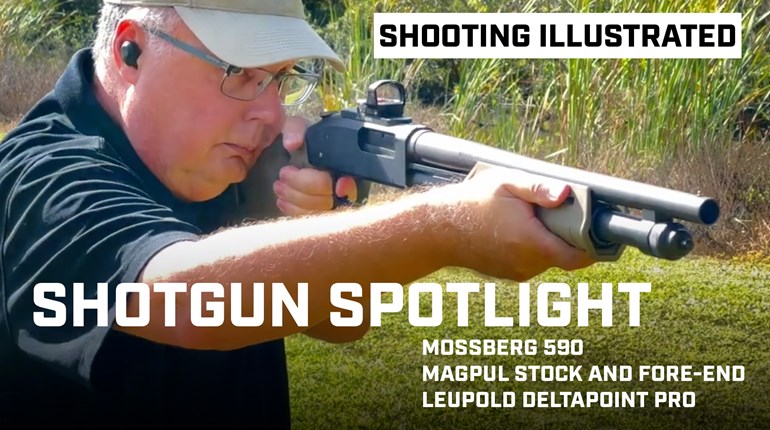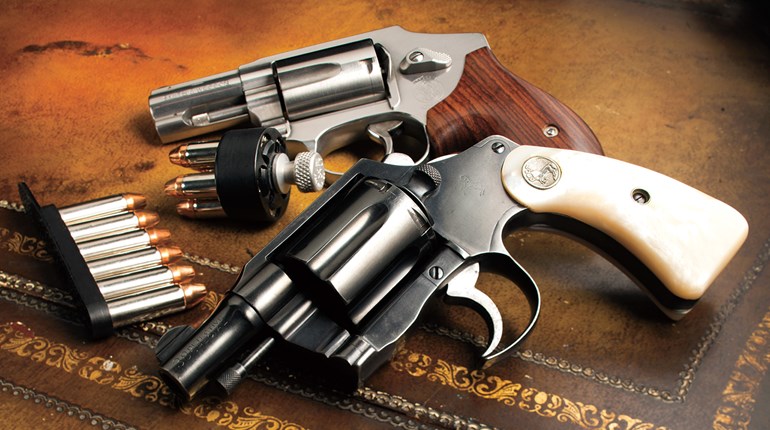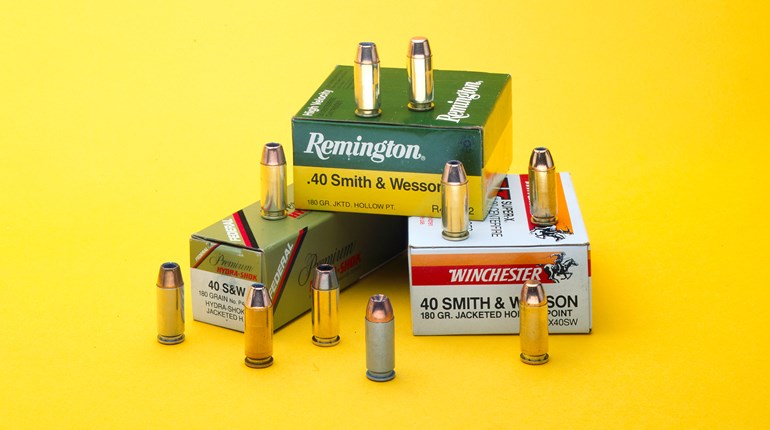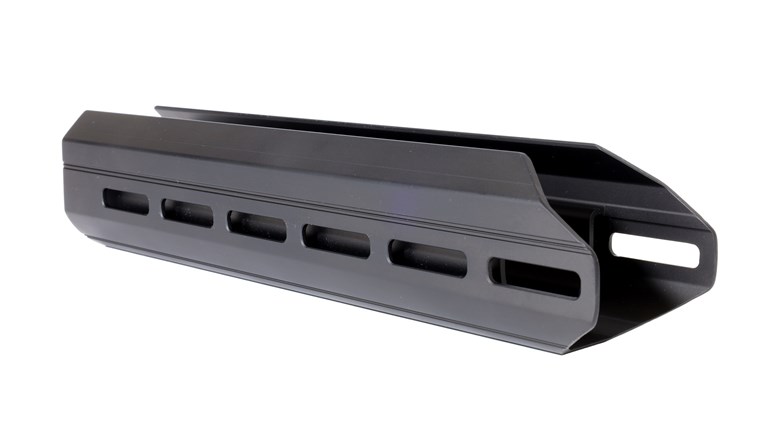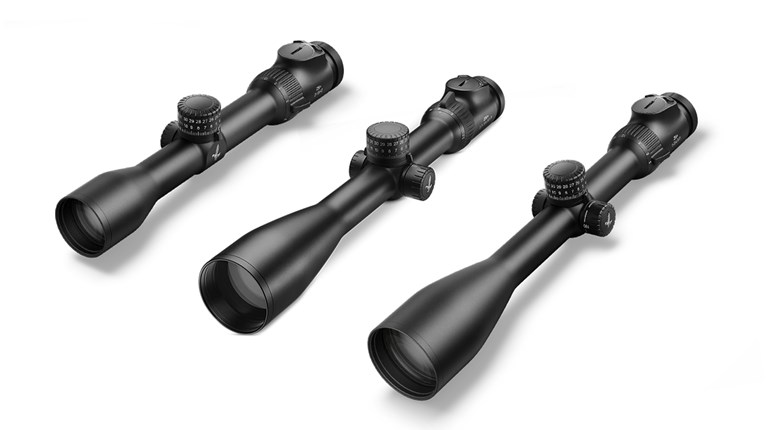
Don’t mix up your shotgun ammunition, no matter what the internet “experts” tell you is best. What might sound like a great idea in theory rarely works as expected in practice.
I received a letter last month asking me about the practice of loading several types of ammo—buckshot and/or birdshot and/or slugs—in the magazine of my defensive shotgun all at the same time in a set pattern. The theory behind it, the gentleman explained, is that because you’ll never know exactly what round you might need in a given situation, you’ll have the round of choice pre-loaded so you can either cycle it through the magazine into the chamber or shoot rounds until you come to it. For example, perhaps you find yourself in a specialized situation wherein you need a longer-range shot, so you need a slug. You could, in theory, cycle through the action until the slug is loaded.
This theory has gained some traction lately with defensive handgunners, but for somewhat different reasons. Modern hollowpoint handgun bullets are typically designed either to penetrate or to expand slightly more than the other. Alternating these types of bullets in the magazine of a handgun has some merit, mainly because in most defensive-handgun scenarios the shooter anticipates shooting multiple shots. All those shots—regardless of the bullet chosen—would still strike the target in the same way without changing the way the shooter must consider the situation. The handgun shooter would simply get the benefit of some rounds penetrating more (perhaps if the perpetrator were wearing heavy clothing) while the other rounds would expand more for maximum energy transferal if the perpetrator was wearing normal clothing. But, the rounds would still strike the target in a predictable fashion. (Perhaps a more apples to apples comparison would be to load No. 4 buck combined with 00 buck in your shotgun, rather than combining 00 buck with slugs.)
Shotgun slug, buckshot and birdshot loads are quite different from each other. They all behave differently, and as such would require knowing what round is loaded into the chamber at all times so that it matches the situation at hand. That means not only keeping tabs on a perpetrator—unlikely to be static—but also the situation, bystanders and the rounds in your gun. For most people, including myself, I think this is too much to ask in what will almost certainly be a scary, adrenaline-filled moment if it happens; remembering how many rounds I’ve fired and where that slug currently sits in the magazine will be wishful at best. I’d rather know what’s in the chamber at all times and take my chances with it.
For example, what if the perp moves from your empty living room to the upstairs where your kids are sleeping? In this situation you wouldn’t want a slug, and if you didn’t know exactly the order it was loaded into the magazine, the result could be disastrous. Perhaps you had birdshot as your second shot, but the perp is behind a couch and you really need a tighter-patterning, deep-penetrating round such as 00 buck. Who can afford to shuck a round and rechamber a load at a time like this? You could fire the birdshot and then the 00 buck after it in quick succession, sure, but is that really best?
Of course, the gentleman who wrote the letter argued using several cherry-picked scenarios wherein loading different ammo made sense. And to be fair, there are various guns on the market that can keep ammunition types separate and facilitate swift loading of them. For example, Kel-Tec’s KSG, the UTAS-15 and others feature multiple magazine tubes where different tubes could be stoked with buck and slugs, respectively, and allow the user to quickly choose the one that feeds the chamber based on immediate needs. But these are specialized guns; we are talking about traditional, single-tube-fed guns here. And with them, I just don’t believe the risks and added cognitive requirements under stress outweigh any possible rewards of loading multiple types of rounds into them.
Therefore, I disagree with the letter-writing gentleman and his “various-rounds” theory. I recommend choosing the ideal load based on the scenario most likely to play out at your house, then keep a few slugs and/or birdshot handy and well-marked if you think there could be a need for them.
In my case, I keep my Mossberg 930 Watchdog fully loaded with 00 buck, plus two additional rounds of 00 buck and three slugs on the sidesaddle. I’ve colored the brass of the slug loads black with a Sharpie so I can readily identify them if and when I need them. It’s my personal theory that if I need to breach a door (a real long shot, I know...) or shoot at longer range, I’ll likely have a little more time in these scenarios to shuck the 00-buck shell from the chamber and load a slug individually. And if I run out of 00 buck and just need three more shots fast, the slugs will do fine in a pinch. But, your particular situation in your house may be different.
In the end, your particular gun, loads and setup comes down to personal preference. Most importantly, you should know your gun, your loads and your tactics so well that you mustn’t have to think too much to use them. Anything you do to complicate these things might come back to haunt you in the end.












